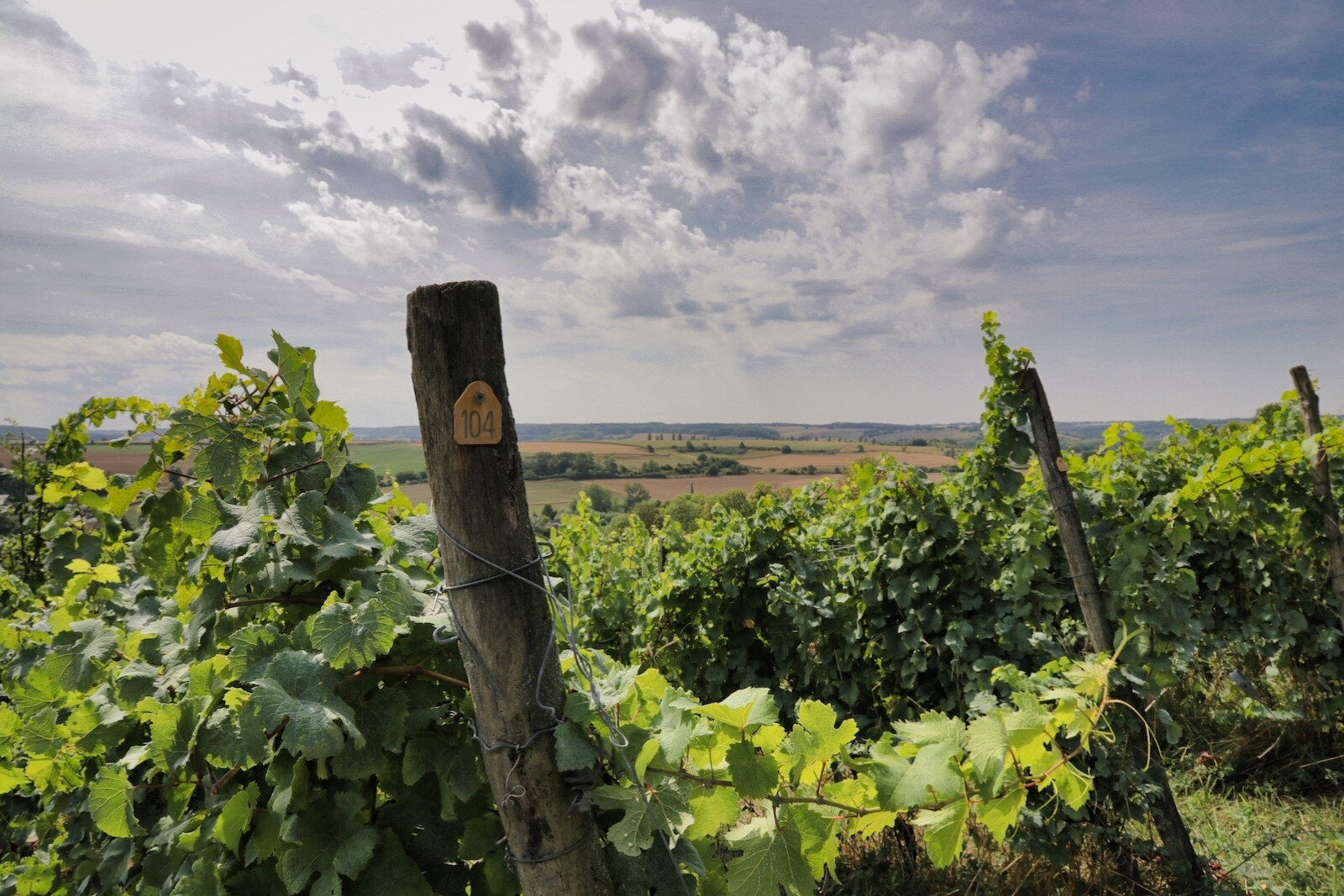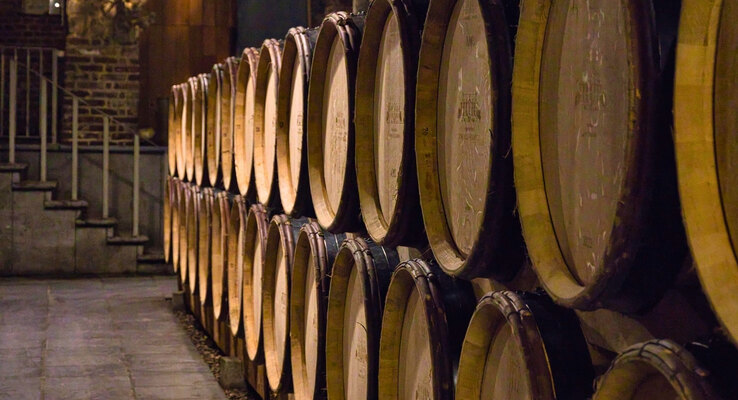"You can't label our winemaking officially. It's natural wine."
Only a handful of winemakers in the Netherlands dare to produce natural wines. Climate change lends Dutch winegrowers a hand, but it still remains a fairly humid and cool climate in the Netherlands. We visited a Dutch family winery that dares to produce natural wines in the southern province of Limburg.
Historic Dutch wine region South Limburg
It was already in 1988 that Peter Pelzer started with wine making as a hobby. Just outside the Limburg village of Eys, Peter planted a small number of vines and it wasn't until 21 years later that he was able to expand to about 3 hectares on the site where the vineyard is still located today.

It is not entirely coincidental that this southern region of the Netherlands is home to so many vineyards. Wine growing in limburg is nothing new as it has been here since Roman times. In the village of Eys, there is evidence that viticulture here goes back to at least 1125. Nevertheless, viticulture came to an end in the 16th century due to various causes. One possible reason was that grain was needed more than wine due to poverty in the region caused by the Eighty Year’s War, the Dutch war of independence from Spain.
Dutch family winery
Where winemaking initially started as a hobby, Peter took it more and more seriously over the years. The vineyard is currently even being expanded from 3 to 6 hectares which will also mean a significant increase in work in the coming years. Fortunately, he no longer has to do all the work all by himself. His son Chris has now graduated as a microbiologist and together father and son are working passionately on their sustainable business.

Not long after starting his vineyard, Peter decided to go for an organic approach. One of the reasons was that one day, after spraying the vineyard against fungi with his gas mask on, he returned to the village of Eys. When he arrived at the village in the valley, late in the afternoon, he could smell what he had sprayed in the vineyards that are located on the hill right outside the village. That didn't feel right and Peter decided to look for more environmentally friendly methods to grow grapes.
Sustainable winegrowing in Limburg
On the stretch of land where the expansion of the vineyard takes place, we don't see a lot of grape vines yet. Still, a lot is happening in this new area. Branches stick out of the ground at regular intervals. They turn out to be branches of hazel trees which will be used to support grape vines. The trees will stay small and will be topped at about two meters. This sustainable form of viticulture is inspired by the way the Romans used to grow their grapes. A vineyard supported by trees is also known as an ‘arbustum’.

An organic method of viticulture entails many risks. Crop loss is an example of that. For Peter and Chris, the trick is to allow fungi such as downy mildew and botrytis a place in the vineyard without losing an important part of the harvest. By creating a diverse forest soil, the plant receives more nutrients and its natural defenses against fungi are strengthened. It's a delicate balance, but more than worth pursuing given the fine wines that Aldenborgh Wine Estate produces.

Natural wines from the Netherlands
Commercial yeasts, you guessed it, are not used to make wines at Aldenborgh Wine Estate. Some of the grapes from the pre-harvest are pressed and fermented, and that natural yeast is used to ferment the final wine. The wines go into old German 1000 litre barrels for a year, so they can age. After a year of barrel maturation, the wines ages some more in so-called IBC barrels (Intermediate Bulk Containers) with built-in oxidation protection.

Peter and Chris produce a variety of natural wines in Limburg from white grape varieties like Riesling, Pinot Gris, Pinot Blanc and Chardonnay. Very small quantities of red wine are made from Merlot, Satin Noir and Pinot Noir. Riesling is the main variety that is also used to produce their Traditional Method sparkling wine, the much acclaimed Eyra. Their wines are now on the menu at a number of top restaurants, not only in the Netherlands but also abroad.
Are there no other Dutch wineries that produce natural wines? Well, not many, but we do know that Wijngaard Oude Waalstroom near Zaltbommel and Wijngaard Dassemus near Chaam produce Dutch natural wines.
Updated: 06-04-2025







